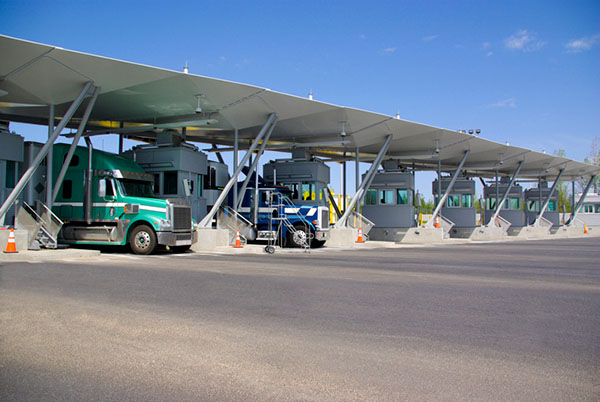Trump’s plan for Mexico tariffs does not sit well with U.S. business concerns
The topic of tariffs and the ongoing trade war has primarily involved the United States and China. But Mexico is now in the mix, too, albeit not formally yet, based on Tweets and a statement issued by President Trump yesterday.
In short, Trump said that, effective June 10, the U.S. will impose a 5% tariff on all goods imported from Mexico. And he explained that this effort stems from the “ongoing illegal immigration crisis” at the Southern border.
“If the illegal immigration crisis is alleviated through effective actions taken by Mexico, to be determined in our sole discretion and judgment, the Tariffs will be removed,” Trump said. “If the crisis persists, however, the Tariffs will be raised to 10% on July 1, 2019. Similarly, if Mexico has not taken action to dramatically reduce or eliminate the number of illegal aliens crossing its territory into the United States, Tariffs will be increased to 15% on August 1, 2019, to 20% on September 1, 2019 and to 25% on October 1, 2019.
The President added that tariffs will permanently remain at the 25% level unless and until Mexico substantially stops the illegal flow of aliens coming through its territory. And he added that if Mexico fails to act, tariffs will remain at a high level, with Mexican-based companies potentially moving back to the U.S. to make their products and goods, and companies that relocate to the U.S. not subject to tariffs or be otherwise impacted. Trump added that aside from immigration being the primary impetus for these planned tariffs that: “[o]ver the years, Mexico has made massive amounts of money in its dealing with the United States, and this includes the tremendous number of jobs leaving the country.”
On June 10th, the United States will impose a 5% Tariff on all goods coming into our Country from Mexico, until such time as illegal migrants coming through Mexico, and into our Country, STOP. The Tariff will gradually increase until the Illegal Immigration problem is remedied,..
— Donald J. Trump (@realDonaldTrump) May 30, 2019
Should these tariffs come to fruition, they could have major negative impacts on supply chain and trade activity and the over all economy, according to various industry stakeholders.
“These tariffs will be paid for by American businesses and consumers and will do nothing to address the real problem at the Southern border,” said Neil Bradley, executive VP and chief policy officer for the United States Chamber of Commerce, on a media call today. “It is quite likely they will only make the problem worse and come at a steep costs to American families and businesses. At 5% that is $17 billion in new taxes imposed on an annual basis, and at 25% it is $86 billion in new taxes. There is no doubt that will have a negative ripple effect through our economy, which is why we are urging the President not to move forward with this plan to impose tariffs on Mexico. There are other solutions the Administration and Congress can be pursuing to address the problem at the Southern border…to address these migratory flows. But imposing tariffs will make all that we need to do all that much harder, weakening our economy at the same time.”
John Murphy, senior vice president, International Affairs, U.S. Chamber of Commerce, who spearheads the Chamber’s cross-border efforts, said on the call that across the U.S. farmers, ranchers, workers and businesses are already feeling the impact of recent U.S.-China tariff actions.
“The last thing we need to do is ratchet up self-inflicted harm to the U.S. economy,” he said. “Mexico has recently become the number one trading partner of the United States. It has become the top export partner for a whole host of specific agricultural commodities. The danger here of further trade tension is real.”
That sentiment was shared by David French, senior vice president for the National Retail Federation, who said that the growing tariff bill paid by U.S. businesses and consumers is adding up and will raise the cost of living for American families.
“Forcing Americans to pay more for produce, electronics, auto parts and clothes isn’t the answer to the nation’s immigration challenges, and this certainly won’t help move USMCA forward,” French said.
Analysis from Chris Rogers, research director for global trade intelligence firm Panjiva, observed that this development comes just as resolution on passing USMCA had been reached, in which the governments of the U.S., Canada and Mexico reached an agreement to remove bilateral tariffs relating to the U.S. section 232 investigation of the steel and aluminum industries.
“It does mark a change in rhetoric from President Trump who had previously only threatened to close the border,” he said.













